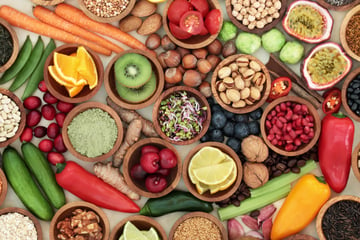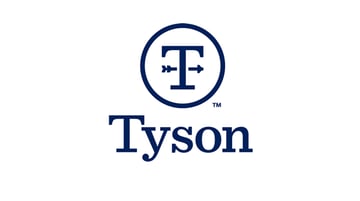The food supply chain is more complex than ever. This complexity refers to the interconnectedness and multiple interdependencies that exist between stakeholders within the food supply chain. The increase in food variety and lower barriers to global food trade are among the primary drivers of supply chain complexity.
In a survey by the Business Continuity Institute, 77 percent of manufacturing firms reported increasing supply chain complexity as the fastest growing risk in business continuity.
As consumers continue to demand healthier yet interesting food options, you may be faced with a challenge: ensuring food safety while adding more products, and inevitably, more suppliers to your portfolio. How do you guarantee the production of safe food even with a burgeoning list of suppliers?
Whole Chain Traceability Helps
When a food safety breach occurs, the first step towards solving the problem is to trace the source of the implicated product. This helps to not only contain the scope of the incident but also to protect consumers. However, if you rely on a “one-up and one-back” (OUOB) system, tracing products to their sources will inevitably prove more difficult as your supply chain grows.
A robust, whole chain traceability system employs modern technology to give you full visibility into your supply chain. In the event of a food recall or safety incident, it would be easier to pinpoint the source of a product, how far it has traveled and all the suppliers involved in its journey. This way, you can resolve food safety incidents faster and prevent recalls from expanding to other products.
Beyond Traceability
The benefits of a traceability system extend well beyond traceback solutions. With the enactment of the Food Safety Modernization Act, the safety approach has shifted to prevention and full accountability. Therefore, the old system where you were only held accountable for the products in your facility is long gone. Today, you have to keep an eye on all your suppliers, ensure that they build food safety into their processes, and abide by the regulations.
Whole chain traceability helps you reduce the risks by taking the guesswork out of your supply chain. As consumers demand more transparency about product origins, your ability to demonstrate farm-to-table traceability may be the only way to build trust, keep your brand promise, and maintain credibility.
To learn more about how you can get the right pieces in place before launching your traceability program, download 10 Steps to Traceability.
Other posts you might be interested in
View All Posts
Food Industry
6 min read
| June 1, 2023
Top Consumer Food Trends in 2023: Sustainability, Self-Care, and Spice
Read More
Recall
5 min read
| July 13, 2018
Food Recall Management: How Food Recalls Affect Consumer Buying Habits and What You Can Do About It
Read More
Quality Management
5 min read
| August 23, 2018


